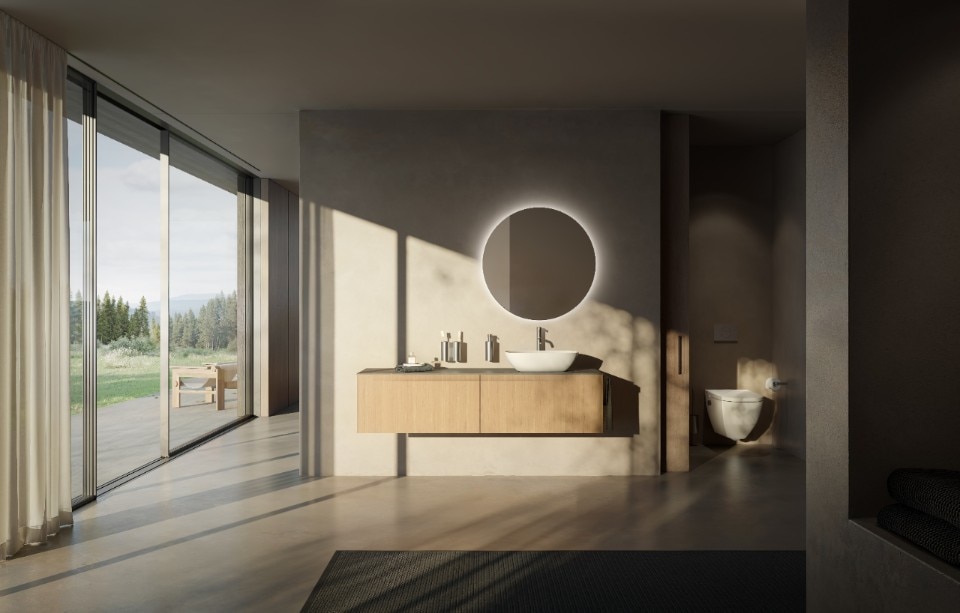—Brian Holmes
A real conversation: "Um, so, I was being very serious about the bathrobe. I really think I need to get a bathrobe," said the architect, and "slippers. Very domestic slippers." The gallery staffer replied, "Ok, well I don't know where to get a good one around here, and a robe isn't something you want to just buy. You want to make sure it fits and is comfortable." Eventually the robe was procured, and this is just one of the many innovative social relations that was produced by architect Jimenez Lai's life-as-art architectural performance piece "Three Little Worlds" at the London Architecture Foundation (LAF).
The exhibit consisted of three super-furnitures: "too small to be a building, too big to be a couch." Each was meant to be interacted with by gallery-goers, and offered a set of CMYK dwellings decked out in a kaleidoscope of fur, carpet and wallpaper. But this was no ordinary architectural installation. Over the course of two weeks during the London Festival of Architecture, Lai inhabited the three small structures, inside the LAF, underneath the London Bridge. While living in the art gallery, he made a series of performative drawings on the walls, giving spectators something to look at, and giving the installation an immersive, ongoing performative element.
The objects are white boxes, approximately 3 metre-high, 3 metre-long, with varying widths. They were painted in smooth white, while cartoonish cutouts were lined in pink fur, blue carpet, and yellow wallpaper. The colorful interiors contrasted strikingly with their white exteriors, like a watermelon, or a kiwi, creating a "little world" that visitors could step into. Lai chose the pink fur super-furniture to sleep in throughout the duration of the exhibition. The three objects had wheels, allowing different arrangements. Depending on the situation, the three worlds could be arranged in response to the front entrance to the gallery, the street, or the physical space of the gallery as a whole.
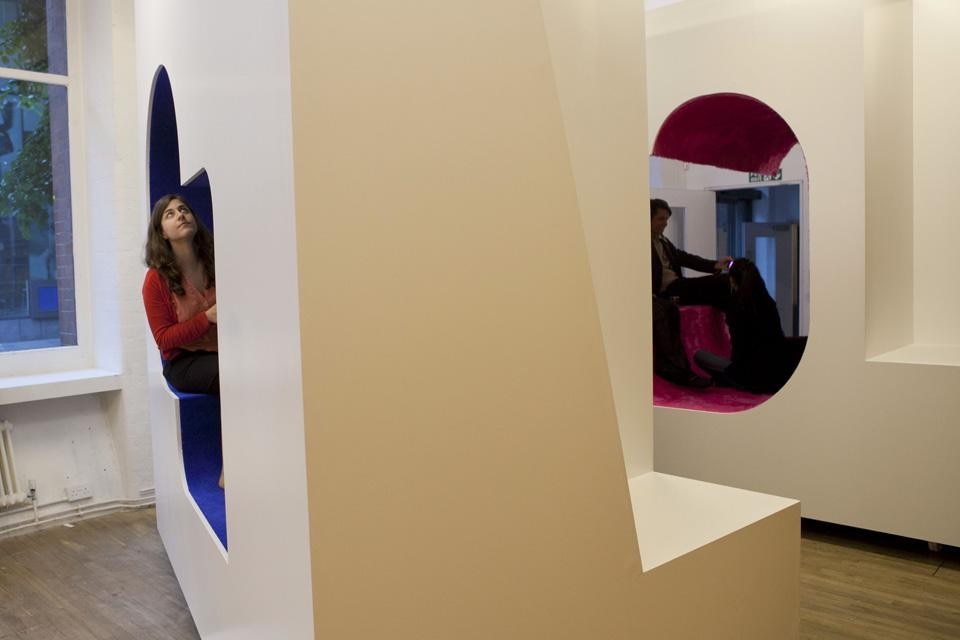
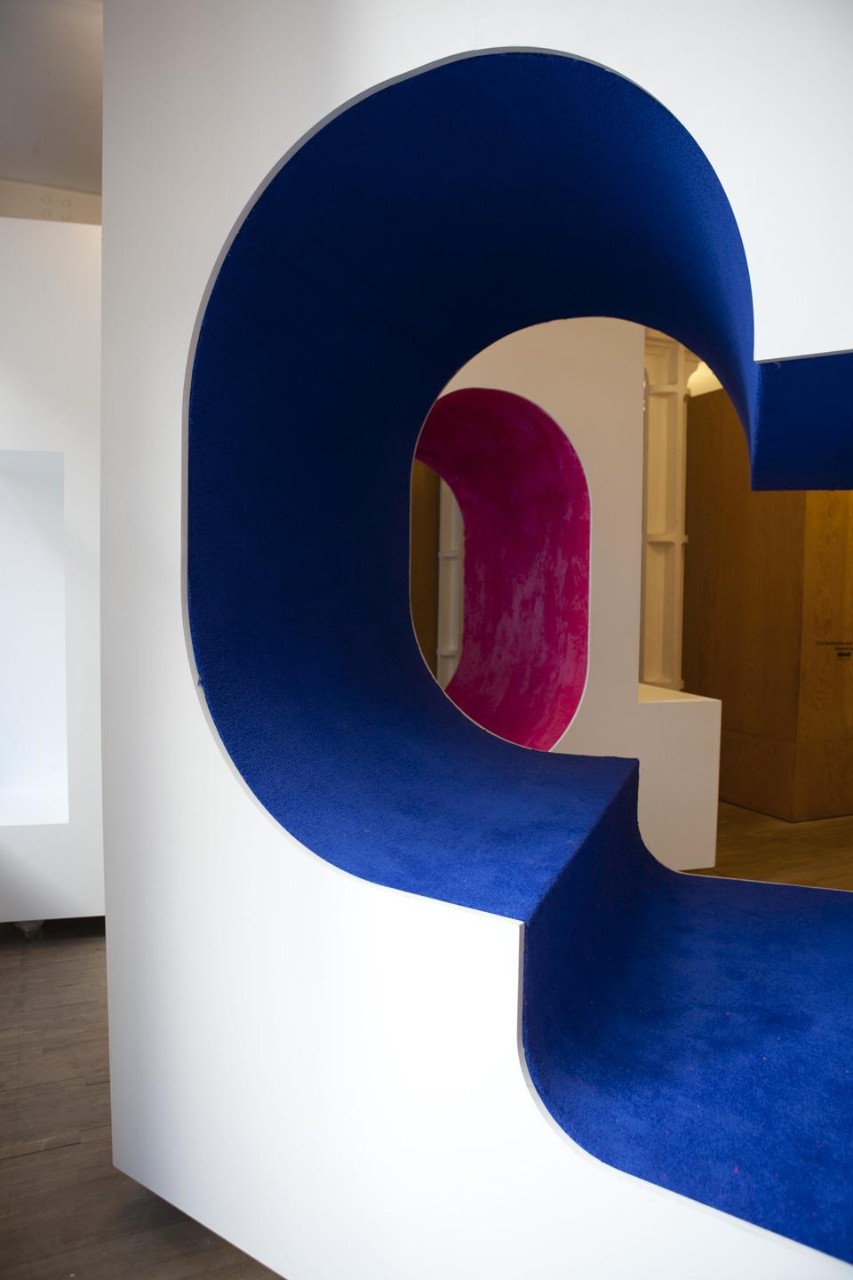
The experiment questioned typical notions of how to behave, or how to misbehave, allowing users to interact with the space however they wanted
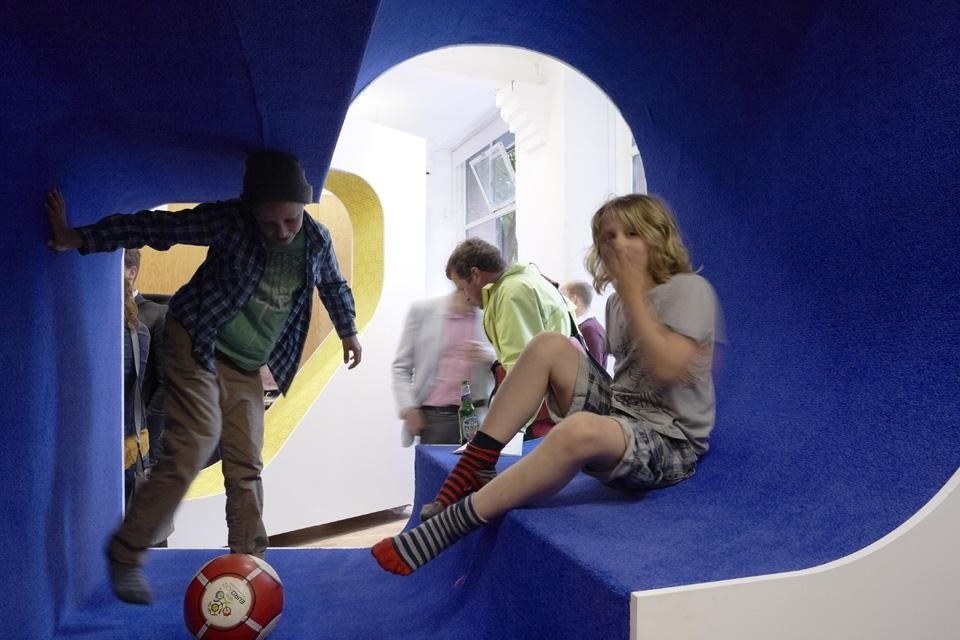
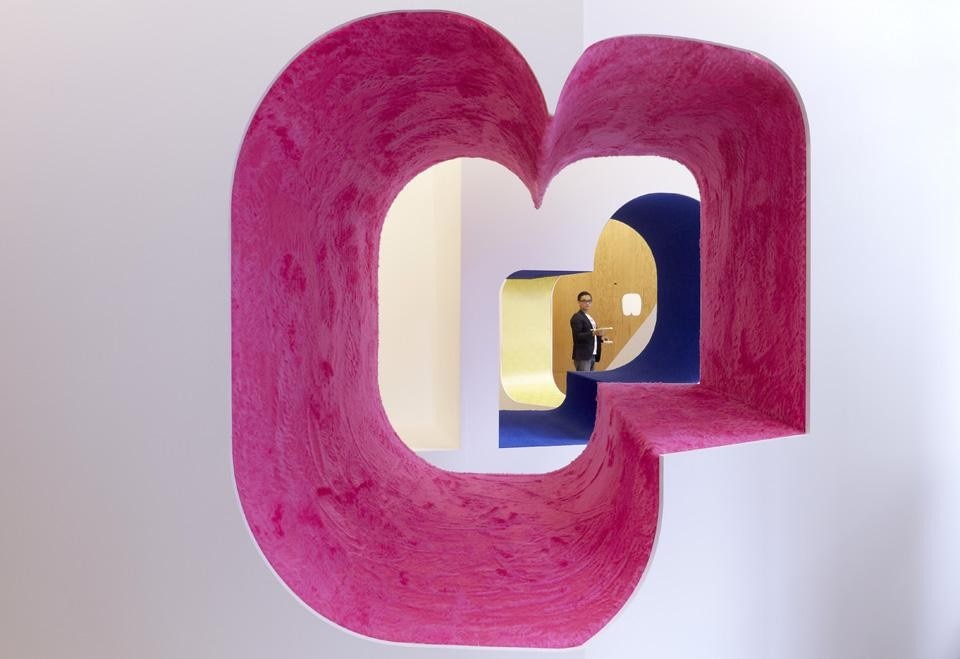
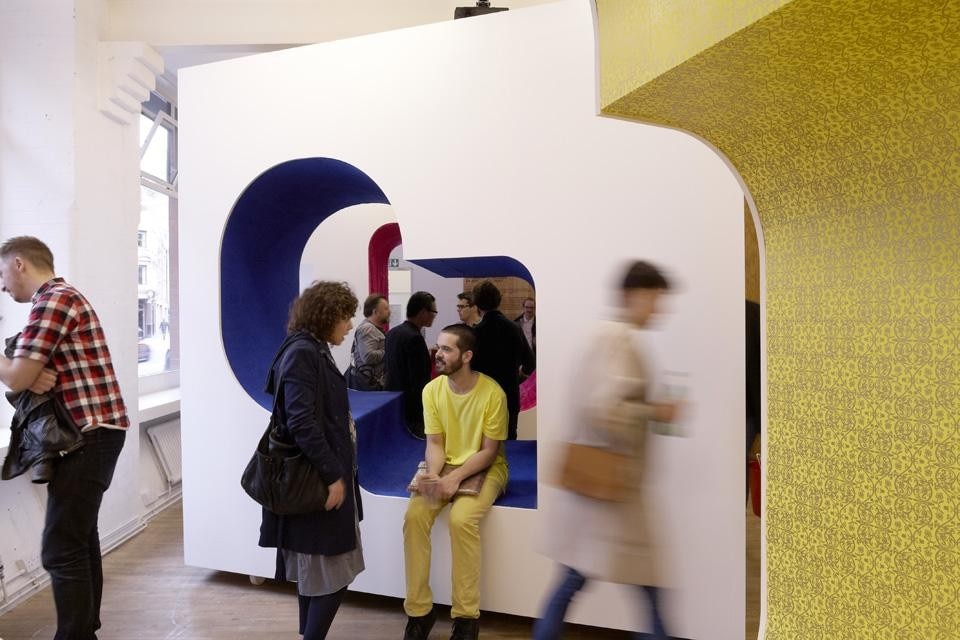
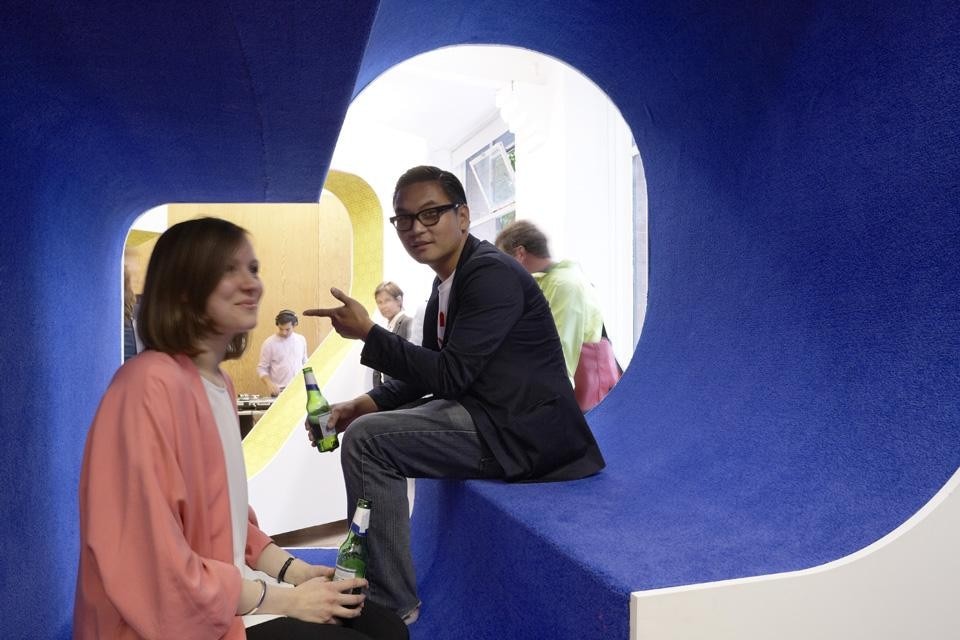

With Titano, design meets performance
The Titano aluminium range by Oknoplast continues to stand out thanks to its high-performance and minimalist design — especially when combined with the Lunar Square handle.




